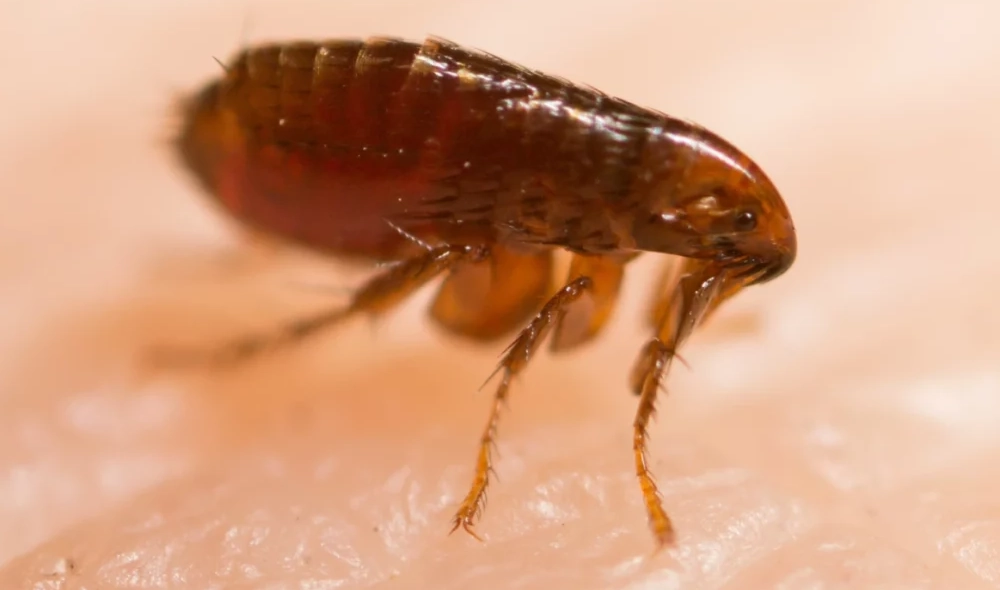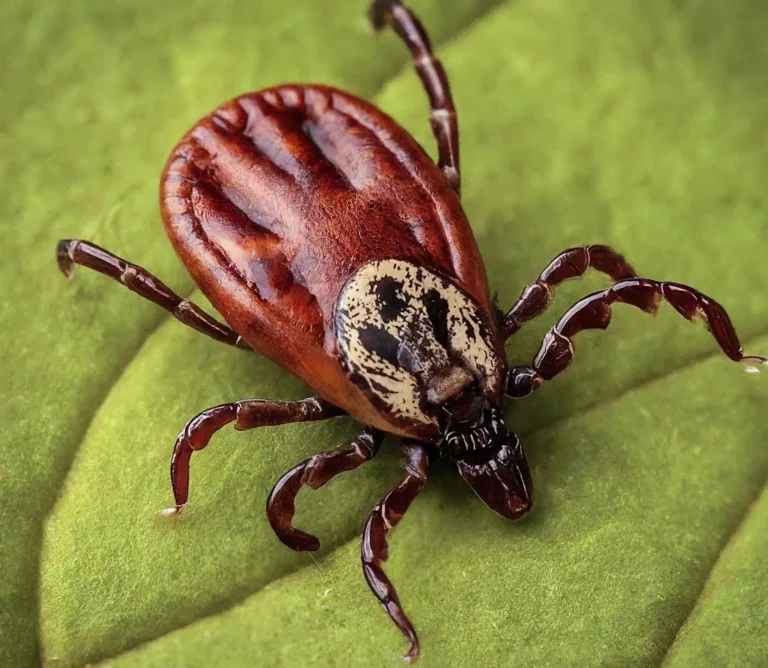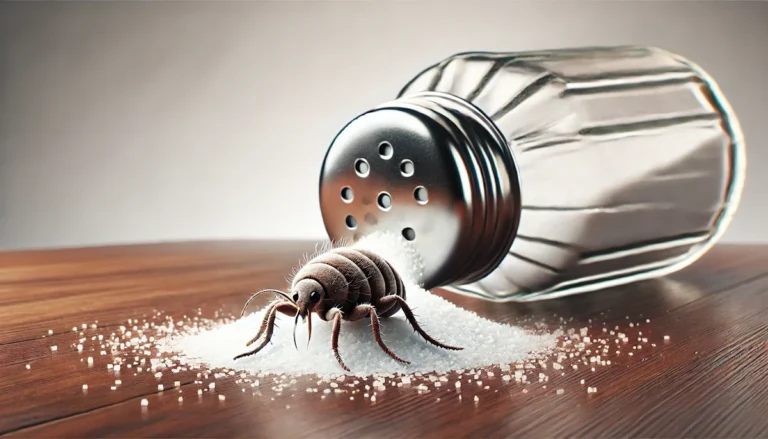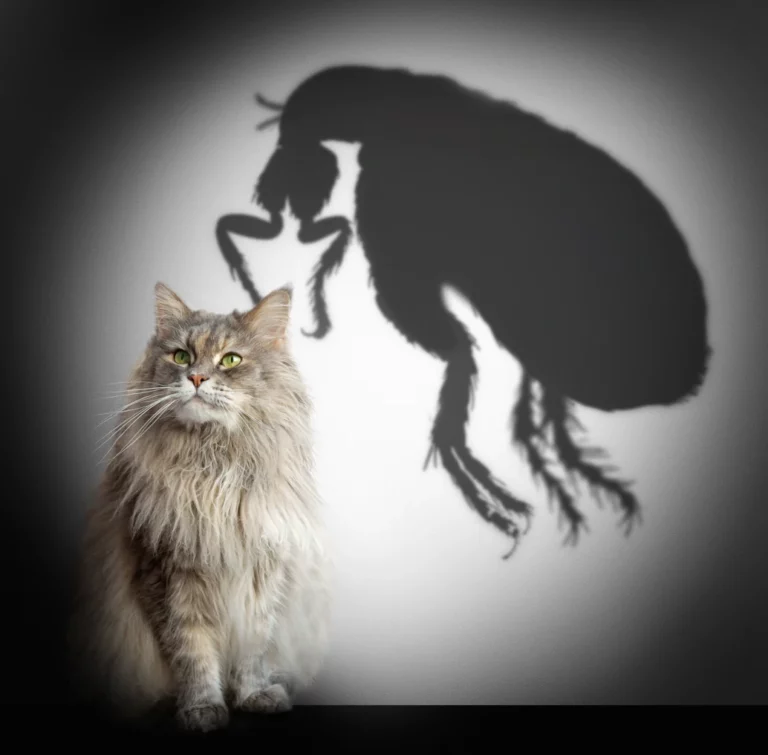Table of Contents
ToggleIn Fort Lauderdale, FL, dealing with fleas is an unfortunate reality for many residents. Even though these pests are tiny, they can cause large problems for both people and pets. These small, wingless creatures are not just pesky intruders, they can carry dangerous diseases and trigger allergies. This article will delve into various aspects of these insects, including their appearance, behavior, diet, habitats, and why they’re considered harmful.
Physical Attributes of Fleas
Let’s begin by describing what a flea looks like. Fleas are extremely small, typically measuring less than 1/6 of an inch in size. They have a distinct reddish-brown, flattened body that’s quite hard. This unique body shape grants them the ability to maneuver through their host’s fur easily.
Interestingly, despite not having wings, fleas are equipped with large back legs. These legs help them make astonishing jumps from one host to another, a crucial element in their survival and proliferation. After feeding, a flea’s color can shift to a deeper reddish-black hue. They survive by feeding on the blood of warm-blooded animals.
The most common types of fleas in Florida and across most of the country are the cat flea and the dog flea.
Flea Feeding Habits
Fleas have a parasitic lifestyle, surviving by consuming the blood of warm-blooded animals. Humans are not exempt from this, making flea control an essential task in households.
When a flea bites, it leaves small red spots that are often found on the feet, ankles, and legs. These bites can trigger allergic reactions in some people and pets, causing itchiness that can last up to five days. In severe cases, flea bites can result in intense itching, leading to skin infections, hair loss, and even anemia, underscoring the importance of flea prevention and control.
Flea Behavior and Risks
Despite their small size, fleas are dangerous adversaries to both humans and animals. It is crucial to respond swiftly if you find fleas in your home or yard to prevent their multiplication and mitigate their risks. Besides causing itchiness and discomfort, fleas have been identified as vectors of several serious diseases, such as the bubonic plague.
They can also transmit other illnesses like murine typhus, tularemia, and tapeworms. Consequently, it’s crucial to monitor any symptoms that may arise after a flea bite. Additionally, fleas are also intermediate hosts for tapeworms and can transmit these parasites to people and pets, further complicating the health risks involved.
Flea Habitats

Fleas are versatile creatures and can adapt to various climates. They display a marked preference for environments that are damp, humid, and shaded. Outdoors, they often seek refuge under porches or decks, or amid tall grass, leaf litter, weeds, wood piles, gravel, and sandy patches. Fleas can also survive within the smallest cracks in concrete, showcasing their resilience.
Indoors, they favor dark and undisturbed areas like carpets, bedding, pet beds, and furniture. Fleas typically gain entry into homes via pets, but they can also hitch a ride with rodents, larger wild animals, stray pets, or even used furniture or rugs infested with flea eggs or larvae.
Preventing Fleas
Fortunately, there are several preventive measures you can adopt to avoid flea infestations:
- When venturing into wooded or grassy areas, consider wearing light-colored clothing and covering your skin.
- Use an insect repellent that contains DEET and also apply vet-recommended flea treatments on your pets.
- After spending time outdoors, it’s prudent to check for fleas on yourself, your family, and your pets.
- Regular vacuuming, especially in hidden spots and pet resting areas, can significantly reduce the risk of infestation.
- Likewise, keeping your lawn well-trimmed can make your yard less appealing to fleas.
Taking steps to make your home unattractive to fleas, identifying and eliminating flea hotspots in your yard, and enlisting professional pest control services can ensure year-round protection from fleas.
Recognizing Flea Infestations
Recognizing a flea infestation is usually straightforward. Symptoms to look out for include:
- (Pets) Increased scratching, licking, or biting
- (Humans) Excessive itching, hair loss, red bumps, and small black specks (flea feces) in pet beds, carpets, or rugs
If you observe these signs or directly spot fleas, it’s time to call in a professional to handle the infestation.
Get Help From The Pros at On Demand
Fleas are more than just irritating; they pose a serious health risk to humans and pets alike. Being informed about their physical characteristics, behaviors, feeding habits, habitats, and the potential hazards they bring is crucial for effective flea control.
If you suspect a flea infestation in your home, seek immediate assistance from On Demand Pest Control. Our team of skilled professionals is prepared to halt the infestation, safeguarding you and your loved ones from potential health risks and providing a flea-free living environment.




